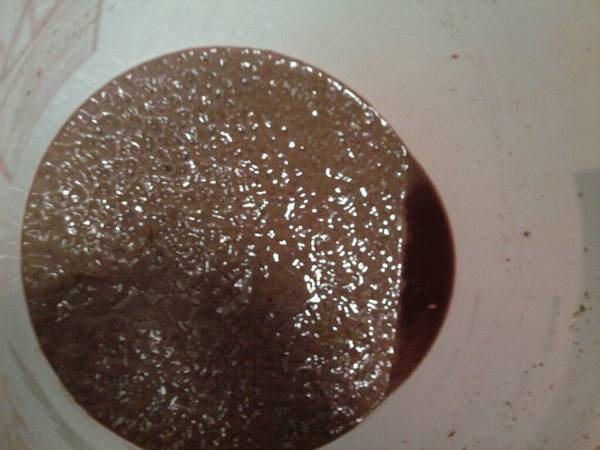Ok i have read a lot of posts on here, none of which i can find right now, about keeping your beer in the primary for 2-4 weeks and then tranfering to the secondary for another week or so, etc, etc, so i was hoping for a little clarification.
In general, when is the best time to transfer from the primary to the secondary? Should i transfer while its still fermenting (bubbling? Should i wait until my gravity levels out? Should i just wait 3-4 weeks even though its has stopped bubbling days ago? Or should i just leave it in the primary then go right to bottling?
How long do i keep it in the secondary? If it stopped fermenting in the primary and i still transfered it to the secondary what exactly am i accomplishing in the secondary?
Any help is greatly appreciated. If it helps any i have an IPA that i have had in the primary for almost a week now and it is still bubbling away
In general, when is the best time to transfer from the primary to the secondary? Should i transfer while its still fermenting (bubbling? Should i wait until my gravity levels out? Should i just wait 3-4 weeks even though its has stopped bubbling days ago? Or should i just leave it in the primary then go right to bottling?
How long do i keep it in the secondary? If it stopped fermenting in the primary and i still transfered it to the secondary what exactly am i accomplishing in the secondary?
Any help is greatly appreciated. If it helps any i have an IPA that i have had in the primary for almost a week now and it is still bubbling away




